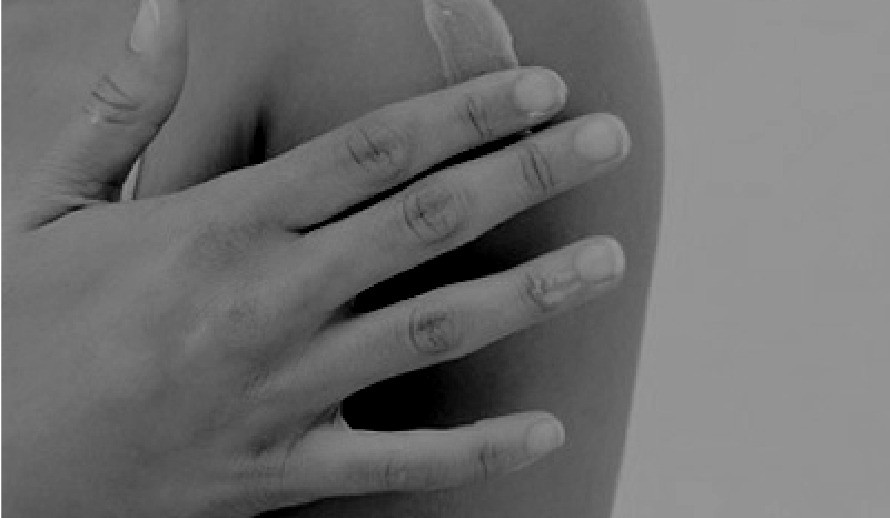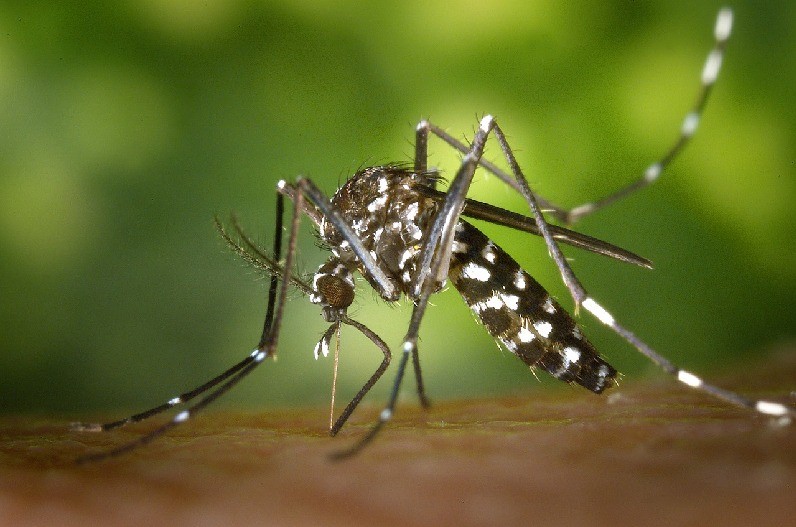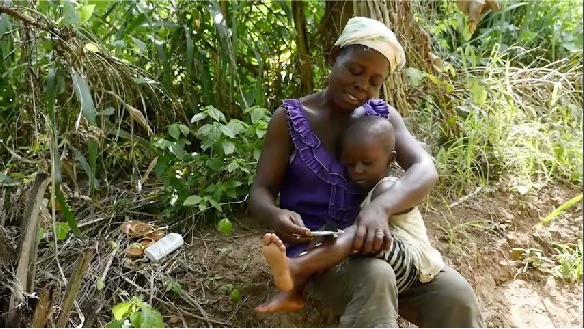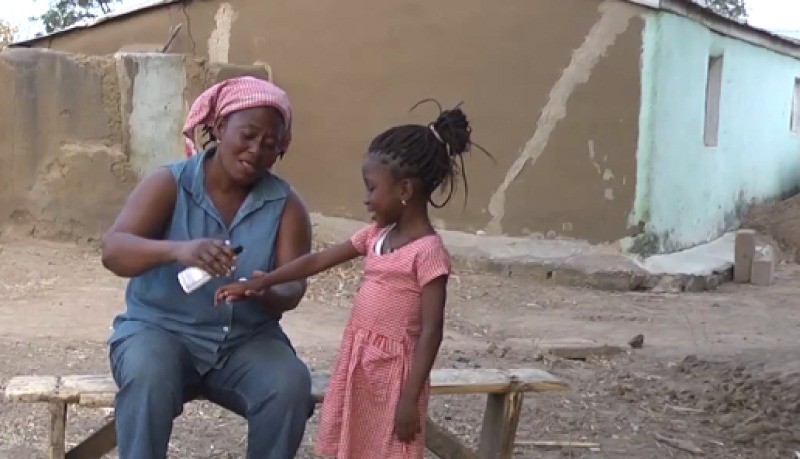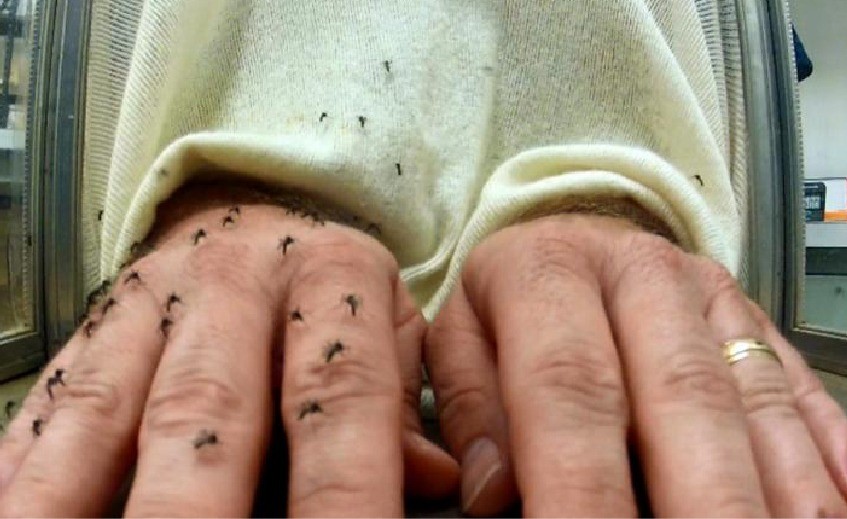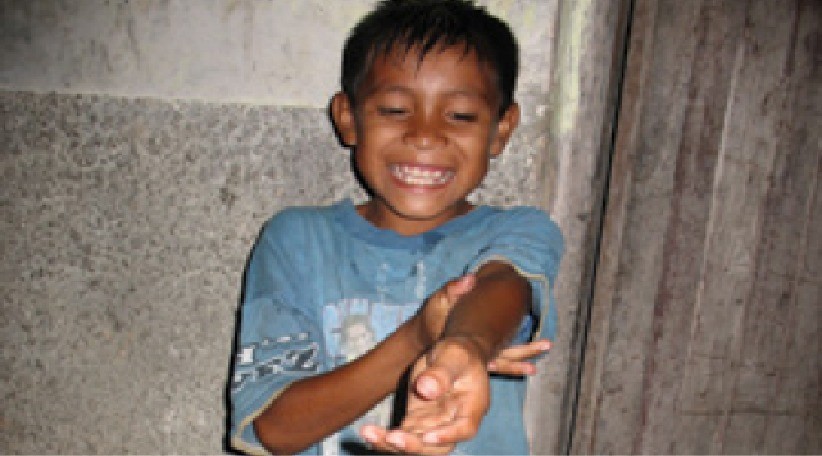Samuel T Darling – Pioneer and Malariologist
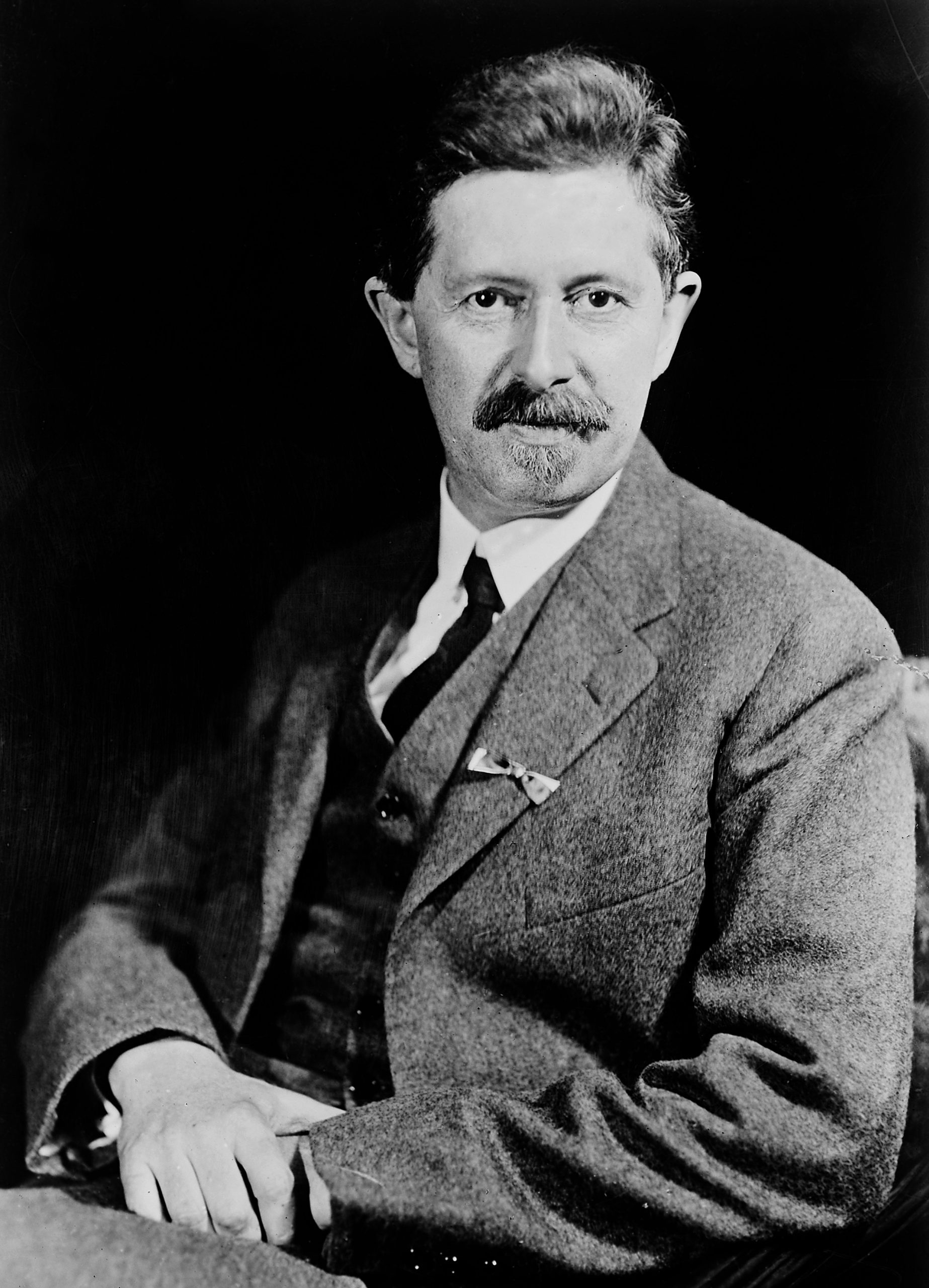
Sam Darling, founder of NO MO Foundation and inventor of NO MO repellent is the grandson of Dr. Samuel Taylor Darling (1872 -1925). Sam grew up with a deep awareness of his grandfather’s legacy. During the early twentieth century, Dr. Darling was one of the world’s leading experts in tropical diseases.
He investigated malaria and other mosquito-borne diseases in Panama, the Far East, South Africa, Brazil and the southern United States. As a pathologist, he performed more than 4,000 autopsies on employees of the Panama Canal company who died between 1905 and 1914. This experience gave him a singular perspective on the anatomical pathology of tropical diseases. The results of his innovative work helped him to develop new concepts about diagnosis and treatment of malaria. In memory of his contribution to an understanding of malaria, the mosquito responsible for most malaria in Latin America (Anopheles darlingi) was named for him. Indeed, the efforts of the NO MO Foundation to reduce mosquito-borne disease in Africa are inspired by Dr. Darling’s own work on behalf of those who suffer most from mosquito borne disease: the poor.
Enrique Chaves-Carballo found Dr. Darling’s life so interesting, he wrote a book called The Tropical World of Samuel Taylor Darling ~ Parasites, Pathology and Philanthropy. Dr. Chaves-Caballo’s primary research was conducted at the Rockefeller Archives, National Archives, the US Library of Congress, and libraries in the former Canal Zone of Panama. His book is essential reading for medical historians and those interested in the history of sanitation, public health, malaria, and yellow fever. It provides a good understanding of the early twentieth century Panama Canal experience, and the Rockefeller philanthropy in tropical medicine and hygiene.
In response to Chaves-Carballo’s book, Dr. Gerald L. Baum, M.D. Professor of Medicine at Sackler School of Medicine, Tel Aviv University, states “This biography emphasizes not only the remarkable person that was Samuel Taylor Darling, but also redirects our attention to the terrible world of parasite infestation of humans. The shock comes from realizing that what Dr. Darling had to deal with almost one hundred years ago is still a major problem in a great part of the world today.”
In reflecting upon vector borne diseases, Dr. Baum makes an important link to poverty “The failure to achieve better control of these problems is closely related not only to personal poverty, but poverty of governments that cannot afford to establish effective public health systems. In addition the lack of means in a large part of the world results in the crowding and poor hygiene that fosters the spread of these diseases.”
In his most recent endorsement of the NO MO Foundation Dr. Chaves-Carbello states that “many approaches have been directed to reduce the number of cases and deaths from malaria. Each of these has advantages and disadvantages. For example, insecticide-treated bed nets are often provided free, but many recipients do not use them, or they use them inappropriately. Additionally, a malaria vaccine initiative has not produced good results, as protection has been insufficient. Finally, insect repellents containing DEET have shown limited efficacy against important disease vectors and they’re too costly for poor populations. However, the product developed by Samuel Darling and the NO MO initiative has provided 100% protection for 10 hours in EPA-required field trials. In addition, the product is distributed below cost, thanks to contributions from concerned individuals. I urge everyone to contribute to this lofty endeavour by the NO MO Foundation to protect the lives of African children.”



